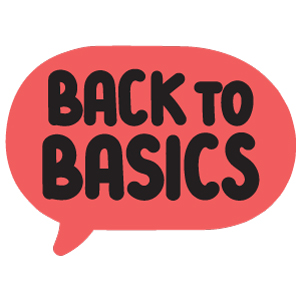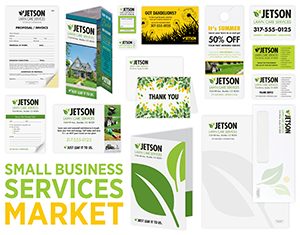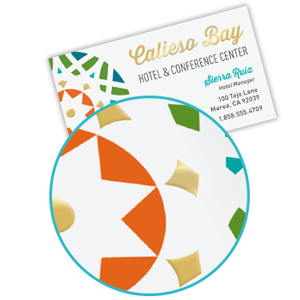A few weeks ago we told you about what spot gloss print can do, and now we want to introduce you to raised foil! Raised foil is a versatile addition to your customers’ print pieces that is sure to attract attention. Here are four reasons they should consider adding raised foil to their next business card, announcement, or postcard order.
1. More Color for More Creativity
We debuted raised foil with nine different colors to choose from because we understand that more options allow you to connect with more customers. With classic gold and silver metallic—shiny or dull—and a variety of other colors including eye-catching silver holographic foil, your customer has the variety of foil colors they need to create just the look they’re looking for.
And speaking of color…
2. Bring the Shine of Foil to Full Color
Does your customer love the versatility of full color but want the elegance of foil? Do they want to bring their favorite foil style to new heights? Do they want to give their full color brand style an upgrade? Raised foil is a great way to do just that. Because raised foil is paired with full color print, your customer has a broad palette of color to play with in both foil and ink. They can add foil accents to full color images, add foil text to vibrant photographs, and much more.
3. Foil with Fine Detail
Not only does raised foil give your customer a variety of options for color, it also gives them a variety of options for design. Whether they are looking for bold foil designs or fine detail, raised foil delivers. If you want to know more about the best ways to design for raised foil, take a look at this design guide for more information.
4. You Can Be Sure of Your Design
We understand that these new print processes can be daunting—that’s why we offer the opportunity for you to order a single business card, announcement, or postcard. This allows you to check a printed proof of the design for a small fee before committing to your order, and it allows you to adjust the design as needed for a small additional fee for each proof.
Want to promote this print process to your customers? We’ve created this flyer to help you show off what raised foil print can do. And, when you’re ready to order, you can order either through our catalog or on Navitor.com.
What do you like best about raised foil? We’d love to see you join the conversation in the comments below.
 Summer can be a tough time for marketing. You’re busy and your customers are busy, and that can make it a challenge to create an effective marketing strategy. However, those challenges also make it a great time to get back to basics with your marketing! Here are four tips that will help you bring your marketing back to basics.
Summer can be a tough time for marketing. You’re busy and your customers are busy, and that can make it a challenge to create an effective marketing strategy. However, those challenges also make it a great time to get back to basics with your marketing! Here are four tips that will help you bring your marketing back to basics.
